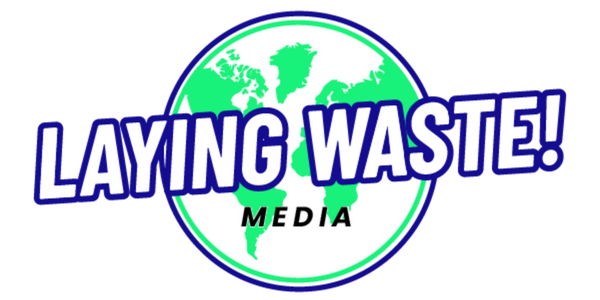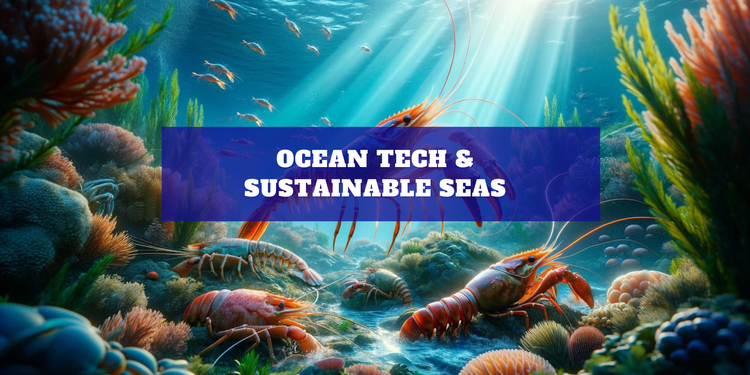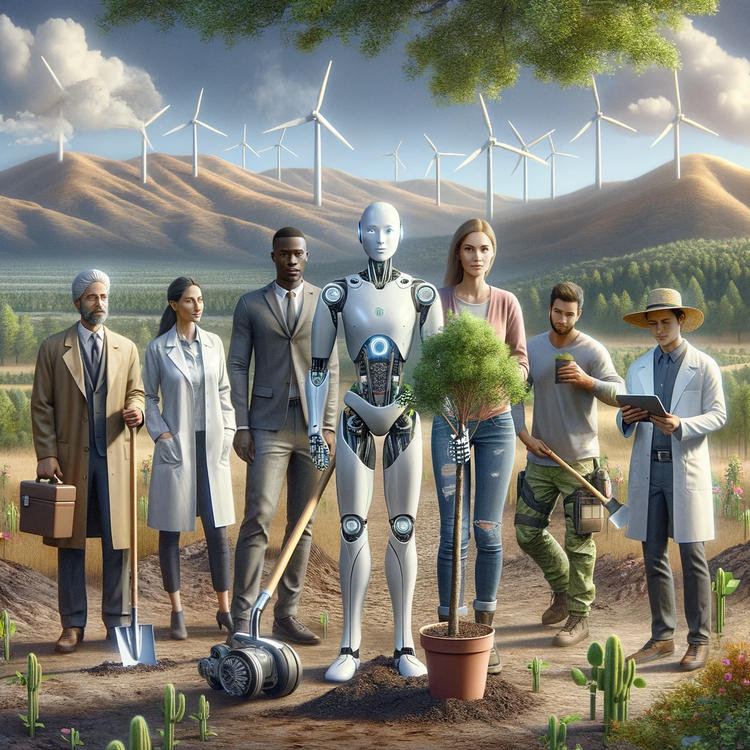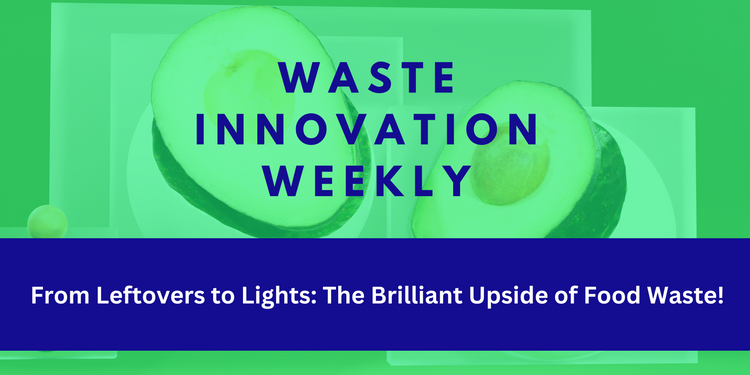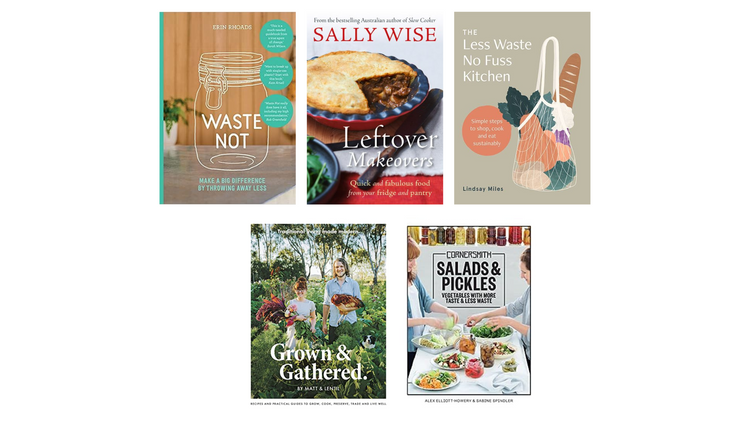When Silicon Met Lettuce 🤖🥬 Tackling Food Waste with AI
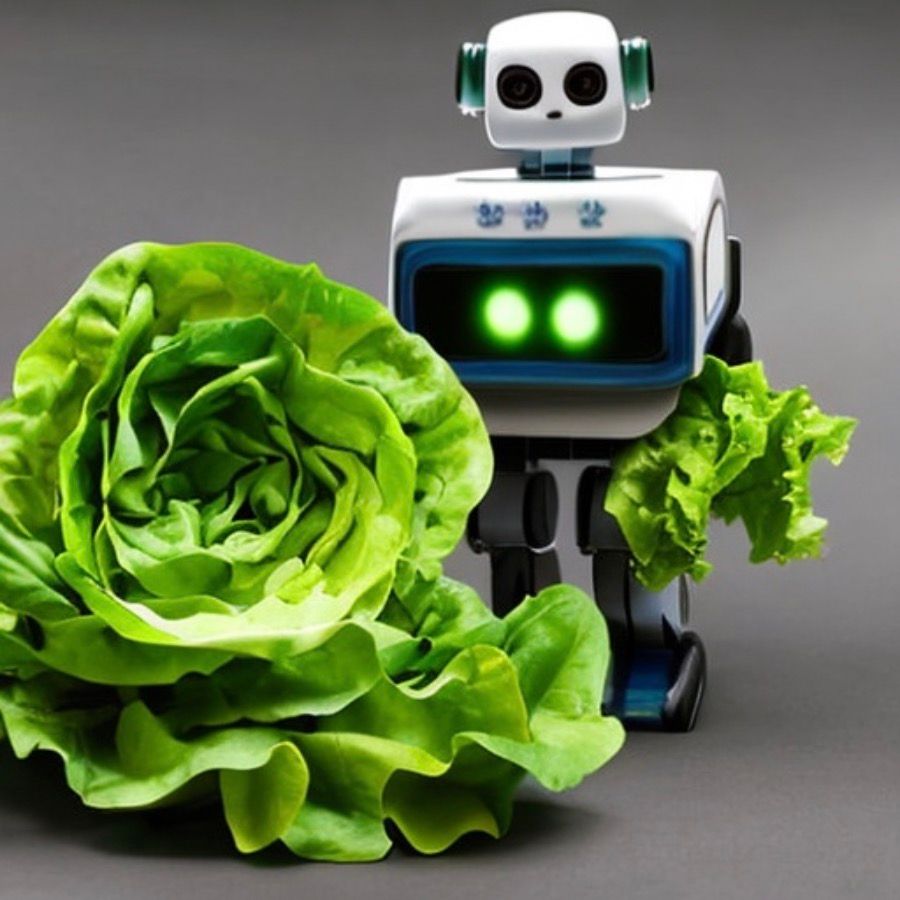
We're all aware of the issue of single-use plastics. But unless you're in the thick of the industry, food waste might not be on your radar. It should be.
While it might seem that food, being natural, would harmlessly compost, the reality is different.
In landfills, decomposing food releases methane – a greenhouse gas 80 times more potent than carbon dioxide. So, even though it's 'just food', when left to rot in vast quantities, it contributes significantly to our planet's environmental challenges.
In Australia, we love our fresh produce and bustling supermarkets. But that also means significant food wastage. The overflowing shelves, representing abundance and choice, can come at an environmental cost.
We actually have a national target to halve organic waste by 2030, diverting 2.7 million tonnes yearly from landfills.
Though Australia has unique challenges and solutions, looking abroad can offer fresh perspectives. The US, for example, is using AI to combat their monumental food waste problem—a challenge we, too, face in our local supermarkets.
The Issue with Supermarket Surpluses
These numbers highlight the challenges faced by major supermarkets and local grocers worldwide:
🥬 Retailers globally, including here in Australia, thrive on the image of abundance. Nobody likes seeing empty shelves—it feels like something's amiss. So, how do you provide value and choice to your customers without overdoing it?
🥬 Among the main culprits for such surpluses? Date labels, mishandling, and spoilage—issues Aussie retailers are all too familiar with.
🥬 While technology solutions have worked well for packaged goods, reducing fresh produce food waste has been more challenging with shorter life spans and shelf life.
To tackle these challenges, an AI driven initiative kickstarted by the Pacific Coast Food Waste Commitment launched two pilot programs running across two large-scale grocery retail stores along the West Coast of the US from 2020 to 2022.
Software platforms ShelfEngine and AFresh developed AI systems optimised for inventory, stocking, and ordering. These areas were chosen for the pilot due to their potential for immediate impact, considering the long-term challenges of altering consumer behaviour.
The AI systems predicted demand using daily sales data. The results were eye-opening. One pilot achieved a notable difference within the first week of operation.
By effectively "rightsizing" what can be bought in-store using AI, stores can lower waste and increase food waste prevention.
Adopting the same AI systems across the US would produce $2 billion in savings and avoid 13.3 million MTC02e in emissions.
The core takeaway? Using AI early in the supply chain to tackle demand forecasting can proactively address food waste before it reaches households.
